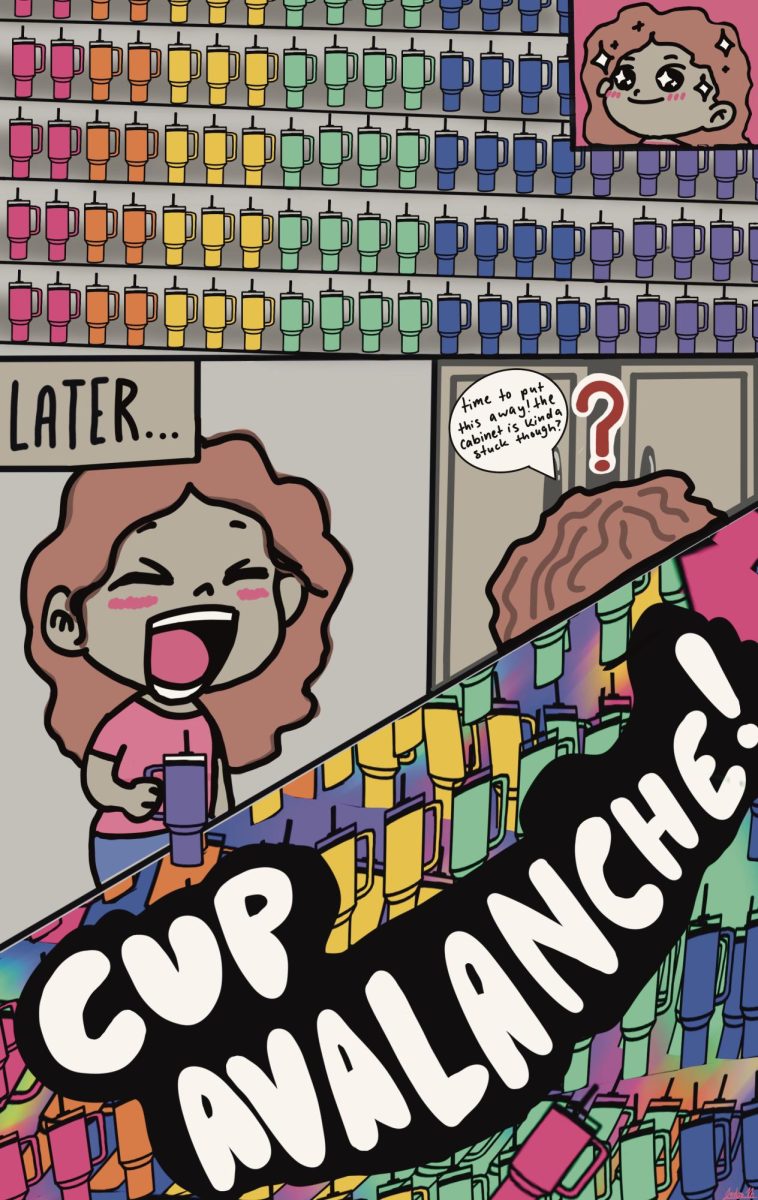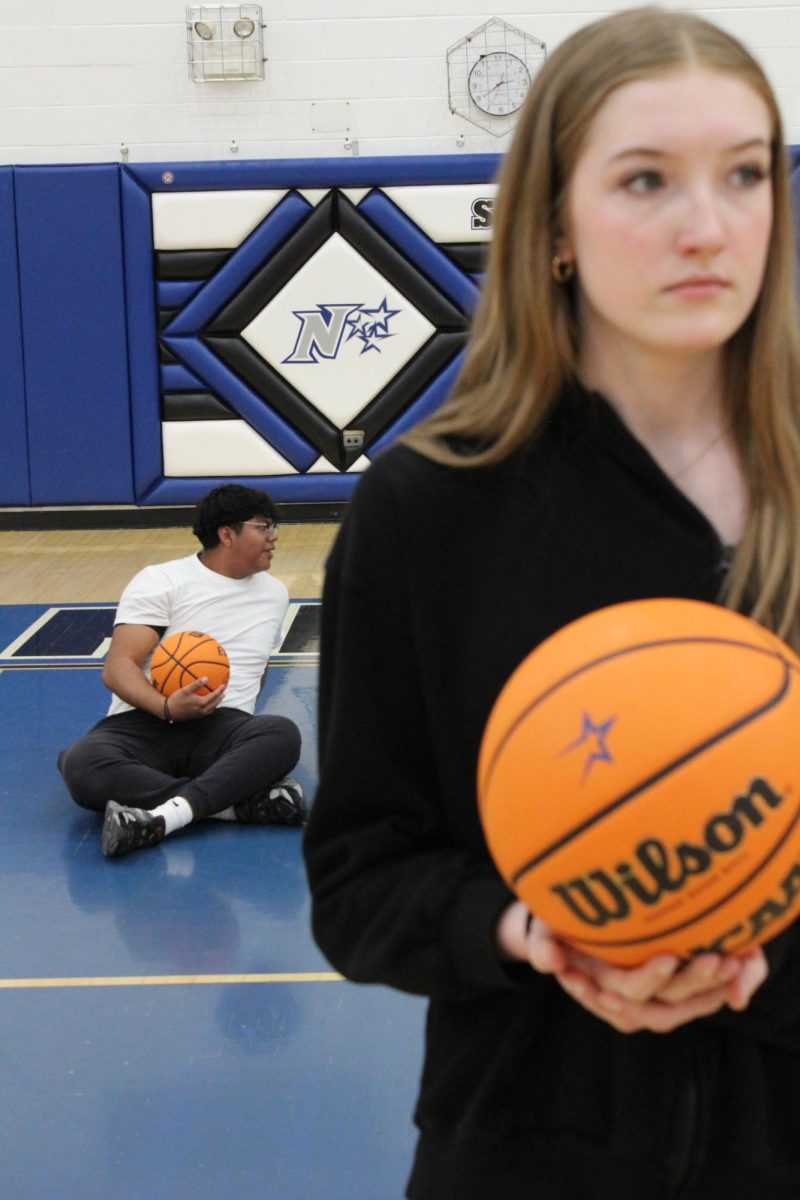A simple scroll on Tiktok or Instagram will introduce one to dozens of videos of different trends and ideas. In a day and age where the little device in your back pocket spreads people’s voices all over the world like never before, it only makes sense that trends are increasingly more prevalent. While many are simple and of little importance, such as a simple dance to a popular song, others reflect on our society quite a bit more than we might care to admit.
Many trends follow the same rinse and repeat cycle: a new item becomes popular, and it becomes the must-have item until something else comes along. It is safe to say most people have seen this cycle somewhere, but a notable example is reusable water bottles. While a few years ago a Hydroflask would be the popular and new item to have, as with many other trends, there was a shift; Stanley tumblers became popular. They have the same purpose, but people will buy the popular one even if they do not need it. While it is not inherently bad for products to gain popularity, the larger issue is the consumption that comes with it.
Consumption itself is literally defined as, “the using up of a resource.” While there is not an inherent issue with regular consumption, social media and microtrends have begun to paint pictures of overconsumption in a rebranded and “aesthetic” way. For example, it is extremely common to see people buy an outfit for the purpose of wearing it one time. Another trend is aesthetic house and fridge organization, which often consists of buying more “aesthetic” containers and transferring things into them from their original containers. Overconsumption is a huge problem in a society that already has extreme issues with waste and trash ending up in landfills, and the environmental impact of it all is drastic.
Thankfully, people started to realize that overconsumption was an issue. As with many things, a new trend formed: “underconsumption-core.” Essentially, people were making videos showing things around their homes that were not a result of overconsumption, but instead were what they considered to be the opposite. The idea is that instead of buying and consuming things you do not need, you are using what you already have. One of these videos might consist of someone saying, “I don’t buy the new popular water bottle because I already have one that still works” or, “I don’t buy every new iPhone because mine still serves its purpose.”
While this trend is a great pivot from normal trends, it highlights that consumer culture has gotten so extreme that normal levels of consumption are seen as underconsumption. Almost every one of these videos highlights normal things, common sense even. It should be very normal to not purchase many products with the same function, but it has become so common to do so that it is seen as wildly radical to not. The fact is that this trend is a hive-mind type of idea where no one really understands what normal levels of consumption are.
The better trend to have emerged is “de-influencing.” Simply, someone makes a video telling you why you do not need a product that many influencers may have been saying you do need. Maybe they are telling you a new popular lip gloss is not anything special, or that a new popular water bottle is just gimmicky and unnecessary; no matter what, the principle is the same. Common sense has its turn to speak, and it is telling people overconsumption is not necessary.
Consumer culture is everywhere; our society loves to buy things. However, when everyone’s perception of normal has been altered, it is a good sign that it’s time to step back and reflect. Overconsumption is a pandemic, and the miracle cure of “underconsumption-core” isn’t the solution — reflection and improvement is.










Kate Rotter • Aug 30, 2024 at 10:57 am
Really well written!